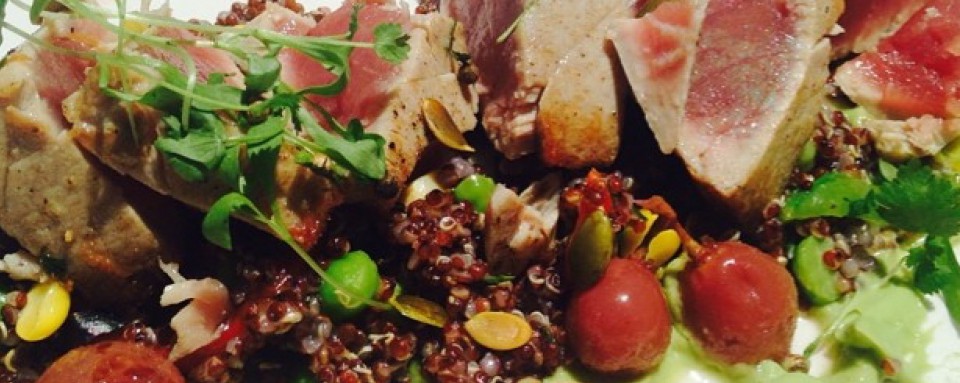 Going through the grocery store these days can be daunting. Food prices have really risen and sadly it seems the healthier the food, the more expensive it is! I try to find ways to keep our food costs down or at least make the most out of what I buy. That can include finding multiple uses for a product, making sure I use all that I buy, and making sure we throw away as little food as possible.
Going through the grocery store these days can be daunting. Food prices have really risen and sadly it seems the healthier the food, the more expensive it is! I try to find ways to keep our food costs down or at least make the most out of what I buy. That can include finding multiple uses for a product, making sure I use all that I buy, and making sure we throw away as little food as possible.
With this post I thought I would discuss one of my favorite “thrifty” products, the whole chicken. When I first started cooking I was intimidated by cutting up a whole chicken, but it is definitely cheaper than buying skinless, boneless chicken pieces. My local grocery store has recently had these whole chickens on sale for .99 cents a pound. That’s a good price here. I bought quite a few and stocked up my freezer.
What do I do with these beauties? When I was younger and we were really struggling financially, I would cut up the raw chicken and use it for a variety of recipes. You can look online for instructions on how to butcher a chicken. It’s not as difficult as you might think!
Lately, I cook the chickens whole. I usually prep them in the same way; stuff with fruit and onions or garlic and sprinkle the outside with barbecue rub or other seasonings. One the bird is prepped, we either bake in the oven or barbecue over indirect heat. Be sure your chicken is cooked through. This is where a good meat thermometer comes in handy!
The other night I baked a chicken. We carved off as much meat from the bird as we could. We enjoyed some chicken with the mashed sweet potatoes I blogged about yesterday. After the chicken had cooled, I picked as much meat as possible off the carcass and have saved that to make another dinner where I can use what is basically chopped chicken meat, because the pieces are so small. This meat would be great for enchiladas, a pasta dish or casserole of some sort.
I wasn’t done with the chicken yet! I put the carcass in a large pot and filled the pot to the top with water. I covered the pot and put on the stove and brought it to a low boil. I let it boil for about 1-2 hours. Then I took it off to cool and then using a strainer, I poured the resulting broth into containers. Most of the broth went in the freezer for future cooking adventures. This process ensure you know exactly what went into your broth! Based on how you originally seasoned your bird, you know what ends up in the broth. You can make it completely salt-free if you wish. It is great for any recipes requiring broth, including homemade soups.
I hope this give you some ideas on how to stretch a dollar at your house!

I make chicken stock all the time! In fact I have three carcasses in my freezer waiting for me to make more. This is a good reminder post for everyone to make every use of their chickens!
LikeLiked by 1 person
I hadn’t thought of freezing the carcasses. That’s a great idea for the nights you’re too tired to deal with making stock!
LikeLiked by 1 person
Thanks Kel, exactly!
LikeLiked by 1 person
Chicken stock from carcasses is a staple at my house. Such a waste to throw away the bones without making a nice stock. And it freezes well.
LikeLiked by 1 person
Exactly! And one of my other readers pointed out that if you don’t have time to make the stock, just throw the carcasses in the freezer until you can make it.
LikeLiked by 1 person
That is such a great idea!
LikeLiked by 1 person
Kel you awesome beautiful kid, thanks for the like on my post.
The meal looks delicious.
Peace be the Botendaddy
LikeLiked by 1 person
Thanks yourself!!! LOL!
LikeLike
Thanks for sharing. I am learning how to prepare healthy food options on a budget too. One of the handy methods I latched on to was to use a shopping basket instead of a cart. You can read the full explanation on my blog. I look forward to reading more of your writing in the future.
https://minmylife.org/2016/09/26/shop-with-a-basket/
LikeLiked by 1 person